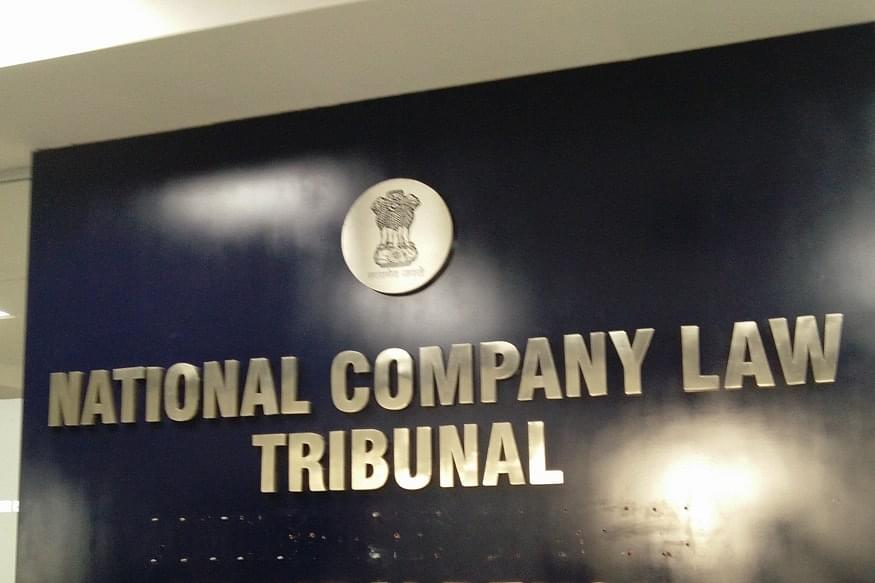Ideas
NCLT Should Not Humour Late Latifs And Losers: It Should Junk Higher Bids From Liberty And UltraTech
- Why bids by Liberty House and UltraTech should be disallowed, for there is no excuse for failing to meet the bid deadline.

The National Company Law Tribunal office.
The initial responses to bids for stressed steel and cement assets in the bankruptcy courts suggest two things: that the lenders are going to walk away with large smiles on their faces; but, two, they could also face the prospect of the legal process delaying their moment of joy.
Four major stressed assets, among others, are now in play: Bhushan Steel, Bhushan Power and Steel, Binani Cement and Essar Steel. While the Tatas appear to have been the highest bidders for the two Bhushan companies, with bids of around Rs 36,000 crore and Rs 24,000 crore respectively, Dalmia Bharat’s bid has been cleared by the lenders as acceptable. Dalmia Bharat offered Rs 6,750 crore for Binani.
In the case of Essar, a second bid will be announced as the first one found both finalists – Arcelor Mittal and Numetal, in which the Ruias had some stake – ineligible. When Essar is offered for rebids, the actual bids could be higher than expected since three other bidders – Vedanta, Tatas and Nippon – who had dropped out the last time may decide to rebid.
Once the Essar bid is done and dusted, banks are looking at cash inflows of around Rs 100,000 crore between now and early May – a major bonanza.
But there are small tripwires near the winning post.
In the case of Bhushan Steel, the bankruptcy court, the National Company Law Tribunal (NCLT), has asked the lenders to consider the opposition of the company’s employees to the Tatas’ winning bid.
In the case of Bhushan Power, Liberty House of the UK, which missed the last date for filing its bid, has moved the NCLT claiming it had filed its bid before the other bids were opened. It claims that there was nothing unfair about it, as it did not know who bid what, and the lenders should have considered its bid too.
In the Binani case, despite the decision of the lenders to go with Dalmia Bharat, UltraTech Cement, which lost the bid by a whisker, has now entered into a deal with the Binani management to move out of the bankruptcy proceedings altogether, by offering to pay the old management Rs 7,266 crore for its 99 per cent holdings in the company. This would completely clear the lenders’ dues. Thus, no loss whatsoever for banks.
In theory, an excess of enthusiasm for re-opening bids after they are closed is a good problem to have. However, these are early days for the bankruptcy courts and case law, and the last thing one needs is to have a process that is repeatedly questioned, especially by those who missed the bus (Liberty House), or those who lost it the last time (the Birlas’ UltraTech). Employees getting into the act at the last minute to thwart a Tata bid for Bhushan should also not have been ordinarily allowed, since this could be a delaying tactic covertly financed by the losers. Or even the old promoters.
Again, in theory, courts should allow all claims to be played out, but if the bankruptcy proceedings have to be seen as an inviolable, time-bound process for resolution, the first objective to be kept in mind is closure of the whole process by the 270-day outer limit (180 days, plus an additional 90 days).
Put simply, the NCLT needs to do the following:
One, the Tata bid for Bhushan should go through and the employee suit thrown out.
Two, the Liberty House bid for Bhushan Power should be disallowed, for there is no excuse for failing to meet the bid deadline. If this time the deadline is extended, in future late bidders will enter the picture to gum up the works for collateral purposes. The most important consideration in the NCLT process should be predictability, and zero-tolerance for delaying tactics.
Three, the UltraTech move should also be rejected, despite giving a better payout. Allowing Binani to withdraw from the NCLT process at this last minute would send the wrong signals and would mean giving the loser a second chance.
Establishing a no-nonsense record for the Insolvency and Bankruptcy Code is vital at this stage.
However, these developments could open up an additional route for bankruptcy resolutions in future: if lenders are convinced that an asset can fetch more competitive bids, they should opt for open auctions – where bidders can up their offers based on the previous highest bid. Maybe the law needs to be tweaked for this purpose. If a bidding war fetches lenders a better price for Essar or a future Binani, they should be able to opt for a transparent open auction of assets.
Support Swarajya's 50 Ground Reports Project & Sponsor A Story
Every general election Swarajya does a 50 ground reports project.
Aimed only at serious readers and those who appreciate the nuances of political undercurrents, the project provides a sense of India's electoral landscape. As you know, these reports are produced after considerable investment of travel, time and effort on the ground.
This time too we've kicked off the project in style and have covered over 30 constituencies already. If you're someone who appreciates such work and have enjoyed our coverage please consider sponsoring a ground report for just Rs 2999 to Rs 19,999 - it goes a long way in helping us produce more quality reportage.
You can also back this project by becoming a subscriber for as little as Rs 999 - so do click on this links and choose a plan that suits you and back us.
Click below to contribute.
Latest